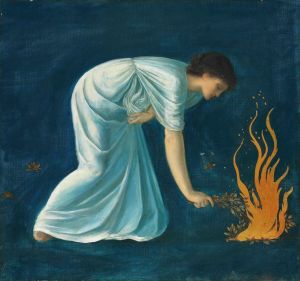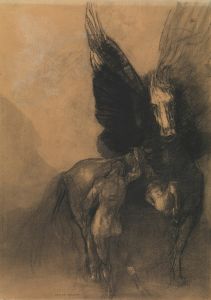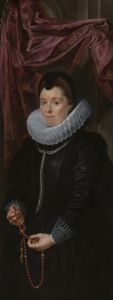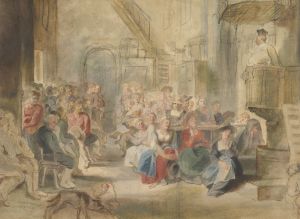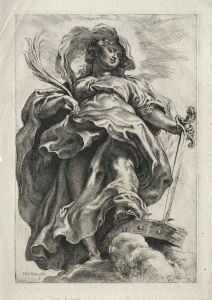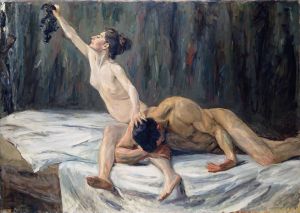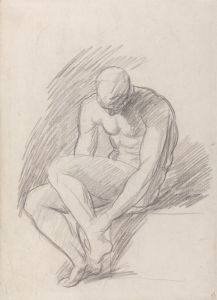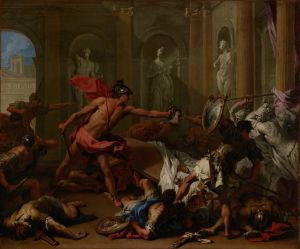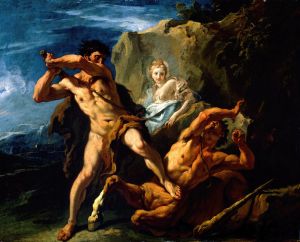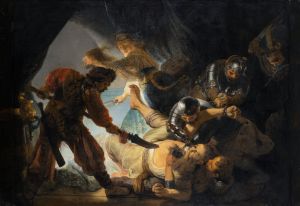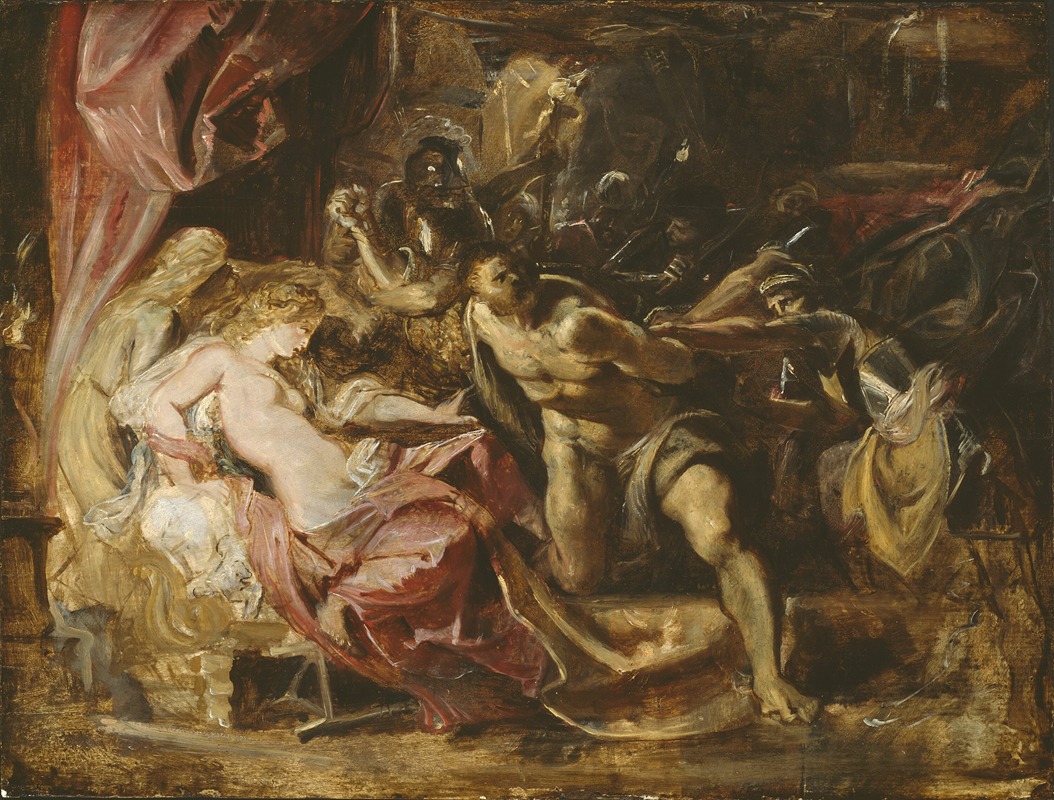
The Capture of Samson
A hand-painted replica of Peter Paul Rubens’s masterpiece The Capture of Samson, meticulously crafted by professional artists to capture the true essence of the original. Each piece is created with museum-quality canvas and rare mineral pigments, carefully painted by experienced artists with delicate brushstrokes and rich, layered colors to perfectly recreate the texture of the original artwork. Unlike machine-printed reproductions, this hand-painted version brings the painting to life, infused with the artist’s emotions and skill in every stroke. Whether for personal collection or home decoration, it instantly elevates the artistic atmosphere of any space.
"The Capture of Samson" is a painting by the renowned Flemish Baroque artist Peter Paul Rubens. Created around 1609-1610, this work is an exemplary representation of Rubens' mastery in depicting dramatic scenes from biblical narratives. The painting illustrates the moment from the Old Testament story where Samson, the Israelite judge known for his immense strength, is betrayed by his lover Delilah and captured by the Philistines.
In the composition, Rubens captures the intense drama and emotion of the scene. Samson, who has been rendered powerless after Delilah cuts his hair, is shown in a state of vulnerability and defeat. His muscular form, a testament to his former strength, contrasts sharply with his current helplessness. Surrounding him are the Philistine soldiers, who are in the process of binding and subduing him. The expressions of the soldiers convey a mix of triumph and aggression, emphasizing the brutality of the capture.
Delilah, a central figure in the narrative, is depicted with a mixture of regret and satisfaction. Her role in Samson's downfall is crucial, and Rubens portrays her with a sense of complexity, reflecting the duality of her actions. The background of the painting is filled with rich, dark tones, which heighten the dramatic tension and focus the viewer's attention on the central figures.
Rubens' use of light and shadow in "The Capture of Samson" is particularly noteworthy. The chiaroscuro technique, which involves the strong contrast between light and dark, is employed to great effect, highlighting the physical and emotional turmoil of the scene. The light falls predominantly on Samson and Delilah, drawing the viewer's eye to the central drama and enhancing the three-dimensionality of the figures.
The painting is also a testament to Rubens' skill in rendering human anatomy and movement. The dynamic poses of the figures, the detailed musculature of Samson, and the varied expressions of the characters all contribute to the lifelike quality of the scene. Rubens' ability to convey motion and emotion through his brushwork is evident in this work, making it a powerful example of Baroque art.
"The Capture of Samson" is housed in the Gemäldegalerie Alte Meister in Dresden, Germany. It remains one of Rubens' celebrated works, admired for its dramatic intensity and technical brilliance. The painting not only showcases Rubens' artistic prowess but also his deep engagement with biblical themes and his ability to bring such stories to life with vivid detail and emotional depth.
In summary, "The Capture of Samson" by Peter Paul Rubens is a masterful depiction of a pivotal biblical moment, characterized by its dramatic composition, expert use of light and shadow, and detailed rendering of human figures. It stands as a significant work in Rubens' oeuvre and a remarkable example of Baroque painting.





